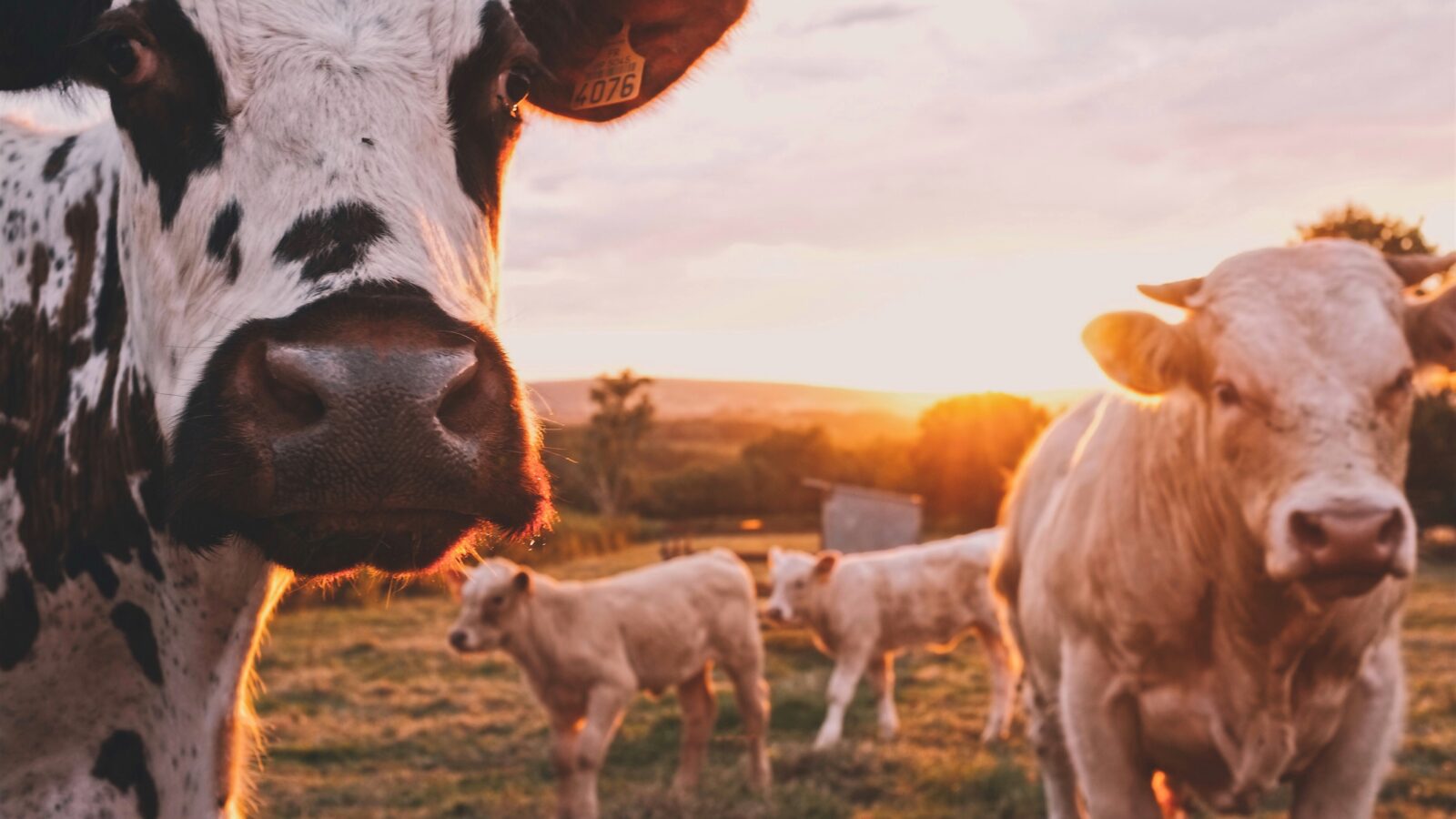
Last week, the Wall Street Journal published an article about the increase in dairy cow care in the United States over the past two decades. Though there has not been a formal study demonstrating a direct causal relationship, many farmers believe a happy cow produces more milk. According to the WSJ article, methods such as playing “classical music in milking rooms, firing up fans and sprinklers to mimic spring breezes and treating their cows to robotic back-scratching sessions” are all designed to minimize stress in cows, which some farmers believe will in turn produce more milk.
The U.S. dairy industry is one of the most efficient in the world and U.S. Department of Agriculture reports show milk production averages 10.3 tonnes (11.35 tons) of milk per cow in 2016. That means one cow can feed 150 people per year— an “almost 40% larger yield than two decades ago.”
The good news is that the increase in milk production and the increase in the quality of care the cows receive have been achieved alongside environmental benefits. Greenhouse gas emissions, water usage, cropland and manure usage have all decreased. For example, The Dairy Innovation Center reports that a gallon of milk in 2007 was produced with 65% less water than in 1944. Fair Oaks Farms is one such place that highlights how responsibly raising dairy cows goes hand in hand with sustainability. Their entire facility operates on recycling pig and cow manure using an anaerobic digester system that converts manure into electricity, fuel, fertilizer and fiber. But they’re not the only ones, the vast majority of all anaerobic digester systems are on dairy farms. The U.S. dairy industry accounts for only 2% of the total U.S. greenhouse gas emissions.
Dairy farmers feel good about the way the industry has evolved, but it’s quite possible nobody feels as good as the dairy cows. As dairy farmer Brian Housin told WSJ, “There is nearly always a line at the backscratcher” as the cows each wait their turn.
Guess you could say the cows are sustainably spoiled.


